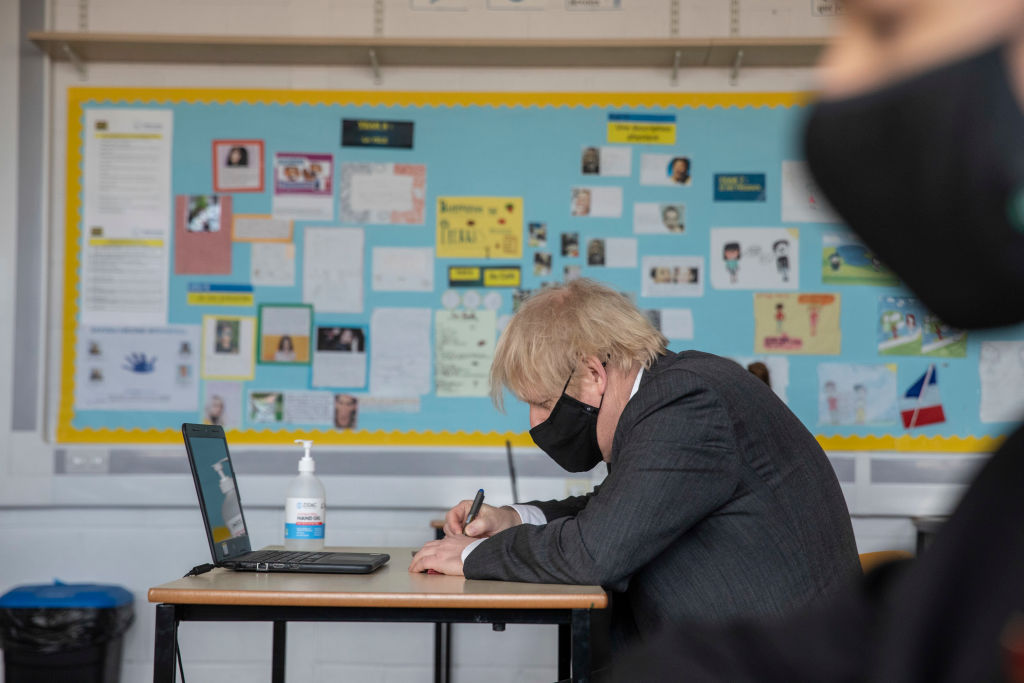Schools in England have gone back today, with pupils taking lateral flow tests and being asked to wear masks in order to keep the risk of infections as low as possible.
Today Boris Johnson held a special press conference to mark what he described as an ’emotional’ moment in the exit from lockdown. He said that the ‘overwhelming feeling is one of relief’ and that the ‘greater risk now is keeping them out of school for a day longer’.
There are rumblings about whether the current plan for lifting restrictions is sustainable
He praised teachers for getting schools ready and for teaching throughout the lockdown period, and parents for homeschooling while trying to hold down their own jobs. He also mentioned the government’s work to help children catch up on lost learning with a ‘concerted programme for educational recovery’, which ministers are developing with the help of a review led by Sir Kevan Collins.
There are, though, rumblings about whether the current plan for lifting restrictions is sustainable. On the one hand, there are the teaching unions who are warning that classrooms may have to close once again if insufficient numbers of children wear masks. On the other, there are Conservative MPs who are still pushing the Prime Minister to speed up the lifting of restrictions.
On the former, deputy chief medical officer Dr Jenny Harries told the press conference that she didn’t expect schools to be forced to close again. She added that it would take some families time to get used to the requirements for testing and masks. Significantly, she pointed to the way in which the R number is starting to become less important, thanks to the vaccination programme, saying:
‘The whole issue about vaccination of course is we have now protected the most vulnerable individuals as we come down the age groups into those with underlying health conditions. And so the impact on our hospitals going forward is likely to be significantly less.’
That doesn’t mean that a huge rise in the R number above one won’t lead to a slowing of the timetable for lifting restrictions. It is still a delicate balance, with the risk being that a new wave of the virus takes off while R is still relatively high. But scientists and ministers are clearly moving away from R – and starting to worry less about hospitalisations over the coming months.







Comments